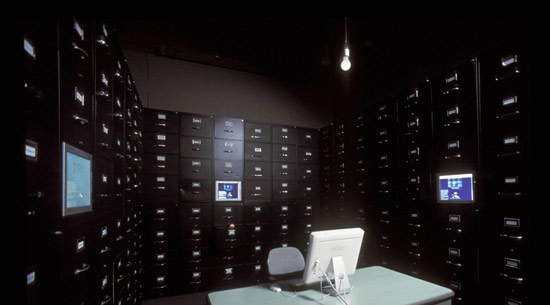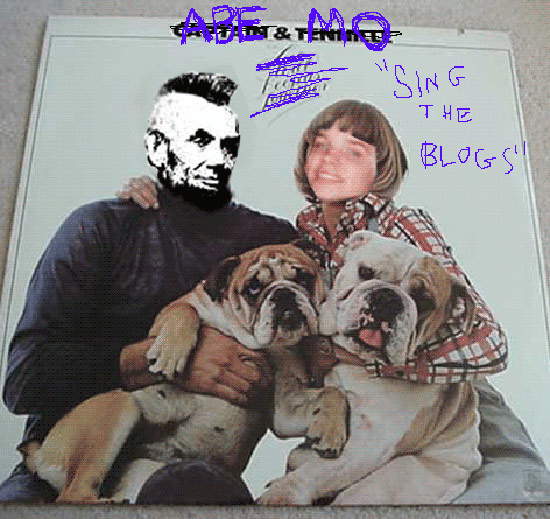Waiting for the likes: living the post-internet era in art
In this article published in ArteInformado, Sara Valverde investigates the origins of the term post-internet and how it began to influence the world of artists working primarily with the net by evolving so-called Net art. Ilaria has translated it for you! Here is the link to the original.
The term post-internet was first used by Marisa Olson in 2008 to define the way of operating in the times we are living in, overwhelmed by the virtual and digital. And of course, not even artistic creation escapes the concept of post-internet.
Tweets, posts, blogs, likes, hashtags, trending topics and a plethora of other terms have pirated our vocabulary and everyday life over the past decade. Social networks have multiplied as we readjust to the new uses and languages specific to each virtual space. Instagram and Twitter, Facebook and Flickr are not the same thing. Usage, user dialogue, and interests on the various socials are very different from each other.
However, the assimilation of these concepts was virtually instantaneous and did not require instruction manuals. And this is due in part to daily practice, because we use social networks almost by force of inertia, at every hour of the morning, afternoon or night. Therefore (exceptions aside), since we are attached to this new network culture, the change has shifted to our behavior and our perception of reality: all of which has decisively highlighted the arrival of another era, the one in which we now navigate, namely the post-internet era.
The art world, as a critical filter and catalyst of change, was in turn influenced by the web until it resulted in what we know as Net art, born long before the social revolution of the net, however, already with the premise of presenting the digital medium and the internet universe as material for analysis and creation. If we were to indicate a starting date, we would perhaps say 1994, the year in which the majority of authors created the first works whose characteristics can be included in the category of Net art (a term coined a year later by Slovenian artist Vuk Cosic), since they are works conceived in the space of the network. Among others, Antoni Muntadas’ work, The File Room, stands out.
 |
| Antoni Muntadas, The File Room (1994; installation; Chicago, Chicago Cultural Center). Photo by Tara Nicholson / Database Imaginary (Walter Phillips Gallery). |
In just four years, museums (such as the Walker Art Center in Minneapolis, Minnesota, or the Guggenheim in New York) were involved, devising specific programs and departments to investigate and stimulate networked creation. Even events such as the 1995 Prix Ars Electronica or the 1997 edition of dOCUMENTA in Kassel included, in their respective selections, works made according to Internet models.
After more than a decade, it is inevitable that there is a debate due to the confusion caused by the numerous terms that indicate creation made with new technologies: cd art, computer art, video art, software art, all the way to Net art or art on the Internet. More precisely, we have to point out in this regard a clear and obvious distinction between art on the Internet and Net art. The former term indicates creations and artistic works that use the Net to promote themselves through web pages (museum or artist sites, dissemination platforms, etc.), while the latter refers to a type of art for which the Net constitutes the principle and end of its existence.
This article, however, does not aim to analyze works in order to classify them into one or the other category, but rather intends to reflect on the term post-internet. As anticipated, this is a concept that was first used by Marisa Olson (Augsburg, 1977) in her interview with Regine Debatty of the U.S. magazine We Make Money Not Art in 2008, in which she referred to this term to refer to the present driven by other social, philosophical, cultural, anthropological, and political perspectives because of the existence of the internet.
This artist, although curator of the Rhizome platform since 2005, in favor of digital creation and culture, and a theorist in the field, declared herself a fanatic at that time, always obsessed with the media communication of pop culture. From this restlessness she created her famous work American Idol, through which her name began to circulate. In this art project, which continued for about three months in 2004, Marisa Olson parodied the same reality TV show from which she took her name because of the title of the work, and because of what she showed on her blog, many believed she was aiming for auditions for the program, because she seemed to be practicing.
 |
| Marisa Olson, image from the blog made for theAmericanIdol project. |
Although I had published an article in the New York Times about the blog’s purposes, many people were eventually disappointed to learn the truth: the whole thing turned out to be a parody of the program. This confusion that upset Internet users amazed me. The purpose of the project was to criticize the show and the stereotypes that appear in these kinds of contests. Also to allude to the rights of the artist’s work that many times are violated for the needs of the producers, Olson explained in the interview. This perfect combination of reality, criticism and fiction, to which was added a democratic system of voting for viewers to decide certain patterns of conduct of the fictional contestant, presupposed nothing more than the stimulus to persist with the analysis of the network as a source of inspiration.
The idea of the blog as a canvas on which to build critical digital thinking, so much in vogue and now extended to different branches of knowledge, was the right step from which Marisa Olson continued to work. Two years after her audiovisual work, she co-founded the blog Nasty Nets, intended as a community of Internet users in which they set out to celebrate and critique everything related to Internet culture. In the wake of this project, together with artist Abe Linkoln, Olson returned to combine one of her own and devised a musical album, again with the aim of creating a collection of voices and genres, but on this occasion setting to music posts from their favorite blogs, all under the title Abe and Mo Sing the Blogs.
 |
| Marisa Olson, Abe and Mo Sing the Blogs. |
That same year, a panel discussion in which the artist had participated with other authors to discuss their respective artistic practices on the Internet was published in Time Out NY. Olson expounded the principles that she later developed in her essay PostInternet Art, published by COCOM (Mexico) project under editorial curatorship in 2014, and in which she left evidence of the encounters and events that had shaped her thinking about post-internet culture. Moreover, in 2006, he clarified that both his online and offline work takes place from the internet. Here as of can mean either in the style of or after of. Somewhat like what happens with the concept of postmodernity, which is understood not only as the end of modernity, but as that which takes place from a critical recognition.
Also of note are Thomas Beard, also curator of Rhizome, and exhibition curator Gene McHugh, as key figures in the creation and application of the term post-internet in art. For Beard, this is a way of admitting the importance of the internet and technology while keeping my own ideas intact (about that); for McHugh, to whom the Andy Warhol Foundation gave a grant to contextualize these projects in contemporary creation, the internet is now not so much a novelty as a triviality, a presence already taken for granted and not an extraordinary phenomenon.
However, these two positions may raise questions in us about the importance of the post-internet era for creation today. If we consider, as Marisa Olson states, that works beyond the net bring us closer to it and also fall under the concept of post-internet art, then we can ask: to what extent is the post-internet era conditioning today’s art practices? Are there artists in whom one could decipher the thinking of the Internet in their creations? How do local artistic scenarios, in dialogue with the universal and globalized internet community, influence aesthetic perception? As it happens to those who wait for likes, perhaps the answers will also come at the stroke of the enter key.
Warning: the translation into English of the original Italian article was created using automatic tools. We undertake to review all articles, but we do not guarantee the total absence of inaccuracies in the translation due to the program. You can find the original by clicking on the ITA button. If you find any mistake,please contact us.




























